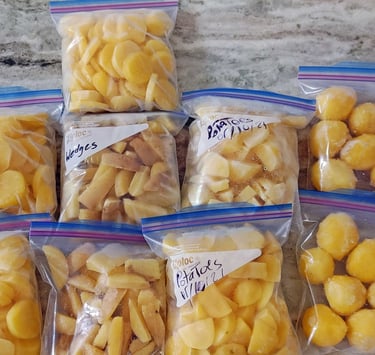How I Save 50% on My Grocery Bill: Easy Step-by-Step Guide
Groceries are one of the biggest monthly expenses for most families. But what if I told you that it’s possible to cut your grocery bill in half without sacrificing quality or flavor? Over the years, I’ve learned practical strategies that help me save money, reduce food waste, and make meal planning easier. In this blog post, I’m sharing my step-by-step guide to saving 50% on groceries. These tips are simple, realistic, and perfect for busy families who want to eat well without overspending.
FRIDGE STORAGE TIPSINGREDIENTS PREPSMART COOKING SHORTCUTSFREEZE & STORE SMARTPRESERVE & REUSE
BY EYA
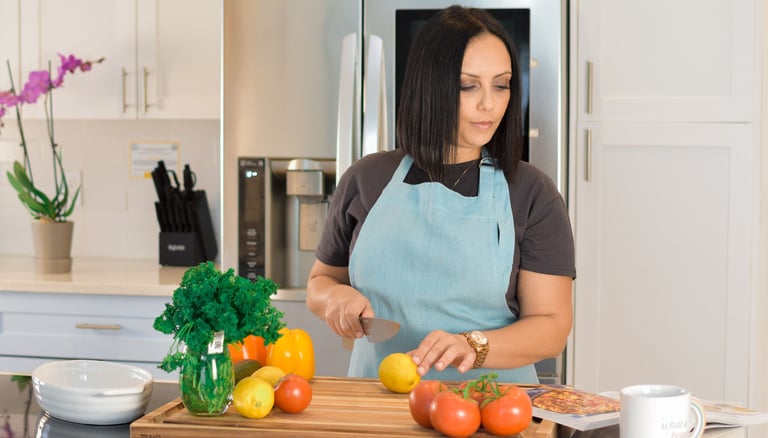

Step 1: Buy In-Season Produce
Why this matters: Fruits and vegetables that are in season are abundant, which makes them cheaper at the store. They’re harvested at peak ripeness, which means they taste better. Out-of-season produce is often grown in greenhouses or imported, which drives up the cost and can reduce flavor.
How to do it:
Check what’s in season each month in your region.
Plan meals around these fruits and vegetables.
Buy extra if prices are low, then freeze the surplus for later use.
Creative Freezing Ideas:
Make fruit popsicles for the kids using blended berries, peaches, or mangoes.
Freeze fruit in fun shapes using molds to make snacks more appealing.
Chop fruit and freeze in small portions to add to smoothies, oatmeal, or yogurt.
Turn extra fruit into sauces, compotes, or baked treats that can be stored in the freezer.
💡 Freezing produce in creative ways not only saves money but also makes healthy eating fun and convenient for the whole family.
Welcome To Smart Kitchen BY EYA


Hi, I’m EYA, here to help you cook smarter, save time, reduce food waste, and make the most of every corner of your kitchen.
Step 2: Buy in Bulk but Only When It’s Worth It
Why this matters: Buying in bulk lowers the per-unit cost, which can save you a lot over time. However, bulk only saves money if you use all the items before they go bad. Wasting food cancels out your savings, also make sure to check the per-unit price as sometimes the bulk price is not cheaper.
How to do it:
Stick to pantry staples like rice, pasta, beans, and canned goods.
Only buy bulk for perishable items if you plan to freeze, preserve, or cook them quickly.
Compare unit prices to make sure you’re actually getting a deal.
💡 This prevents impulse purchases and ensures you’re spending smartly.
Step 3: Make It From Scratch
Why this matters: Pre-packaged, convenience foods are often heavily marked up. You’re paying for labor, packaging, and processing. Making things from scratch is cheaper and healthier, and it gives you control over the ingredients.
How to do it:
Identify common pre-made foods you buy, like pizza crust, sauces, or snacks.
Try making them yourself using simple recipes.
Example: Homemade pizza crust is fresher, tastier, and cheaper than store-bought. You can try my homemade pizza crust recipe here this recipe is easy and you will not need to kneed it, just mix all the ingredients and let it rest.
💡 Cooking from scratch also opens the door to creative ways to use leftovers and reduce food waste.
Freezer tips
For a visual guide, watch the full tutorial here:
How to reduce your grocery bill by 50% - Video
Step 4: Avoid Precut or Presliced Vegetables and Fruits
Why this matters: Convenience comes at a price. Precut or pre-sliced vegetables and fruits can cost 2-3 times more than whole produce. Cutting them yourself only takes a few minutes and gives you flexibility in recipes.
How to do it:
Buy whole vegetables and fruits instead of pre-packaged ones.
For example, instead of buying expensive precut apples, slice whole apples yourself and vacuum seal them individually. This keeps them fresh longer, saves money, and makes it easy for your kids to grab a healthy snack.
Wash and prep all vegetables and fruits once a week.
Store them in containers or vacuum-sealed packs in the fridge for grab-and-go meals.
💡 This method saves money, reduces waste, and keeps healthy snacks ready for busy mornings.

Step 5: Plan Your Meals and Stick to a List
Why this matters: Impulse buying is one of the biggest reasons grocery bills increase. When you plan your meals and shop with a list, you buy only what you need, reducing waste and unnecessary spending.
How to do it:
Plan weekly meals based on what’s in your pantry and what’s on sale.
Make a detailed shopping list and stick to it.
Include “freezer-friendly” meals you can prep in advance to reduce last-minute takeout.
💡 Planning ahead ensures every dollar counts and prevents overspending.
Final Thoughts
Saving 50% on groceries isn’t about eating less it’s about smart shopping, smart cooking, and smart planning. By following these five steps, you’ll not only spend less but also enjoy fresher, tastier meals with less stress.
Start implementing these strategies today, and you’ll notice a big difference in your grocery budget!
Want to be smarter in the kitchen?
Check out My Free Guide: 10 Foods You’re Freezing Wrong (And How to Fix It)
Follow me on YouTube and Instagram for daily inspiration, kitchen hacks, and deliciously smart storage ideas.
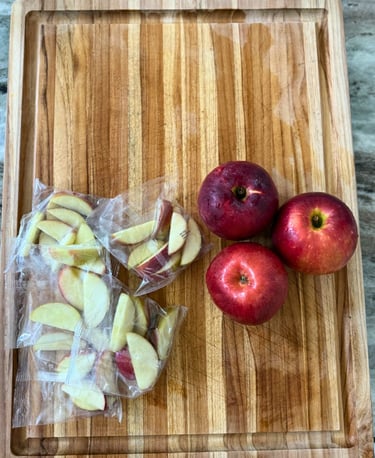

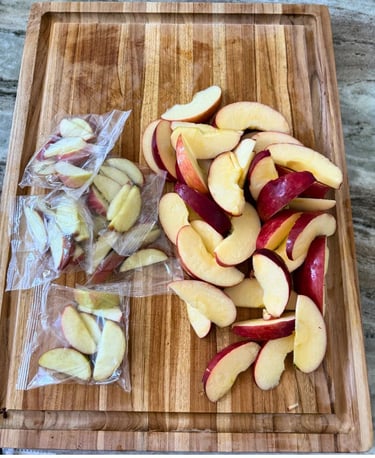

Step 6: Cook in Batches and Freeze for Later
Why this matters: Cooking double or triple portions at once saves time, energy, and money. You’ll spend less time in the kitchen during the week, reduce your utility bill by using the stove and oven less often, and take advantage of buying ingredients in bulk at lower prices.
How to do it:
When cooking meals like soups, pasta sauces, or casseroles, make extra portions.
Portion the leftovers into freezer-safe containers or vacuum-sealed bags.
Label and date each portion for easy access later.
Use these pre-made meals on busy days or when you want a quick, budget-friendly dinner.
💡 Batch cooking not only reduces weekly cooking stress but also maximizes your grocery budget and minimizes food waste.
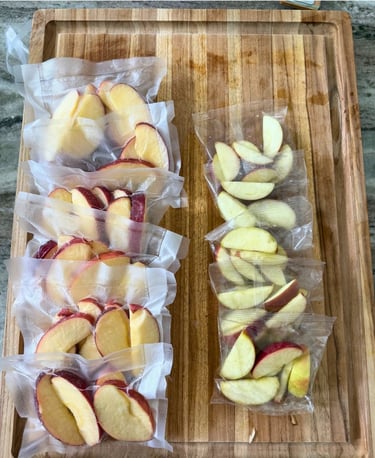

Join the Smart Kitchen Community
If you love tips on freezing, storing, and enjoying food the smart way, you're in the right place! Don’t forget to Grab my Free Guide: 10 Foods You’re Freezing Wrong (And How to Fix It)
📝 Looking for more kitchen-smart recipes? Explore the Recipes section of the blog.

